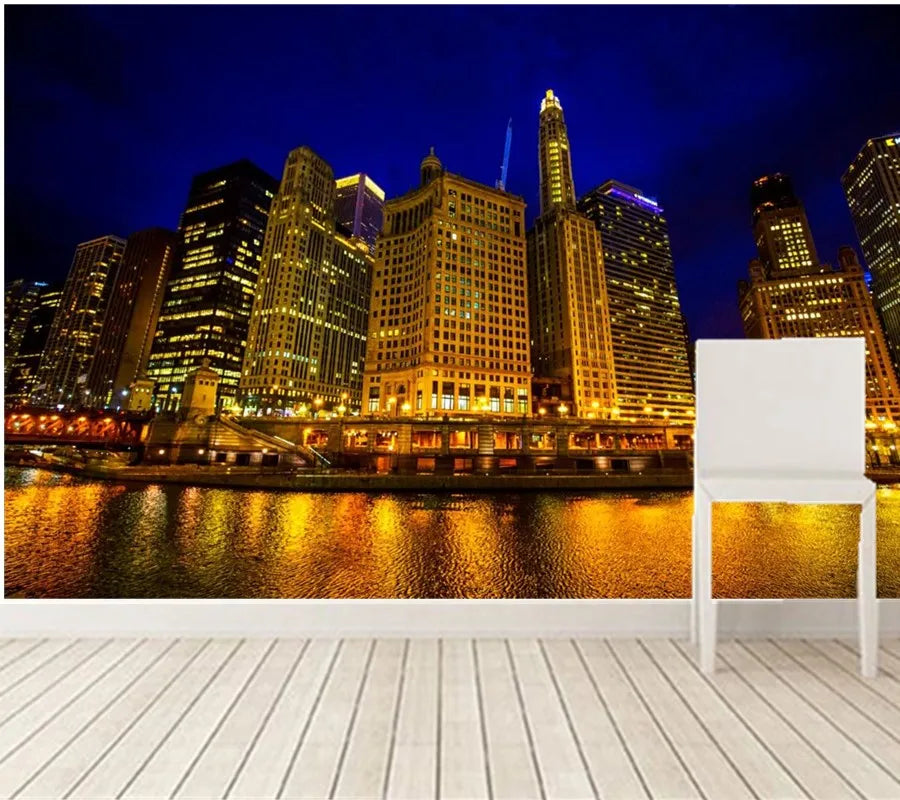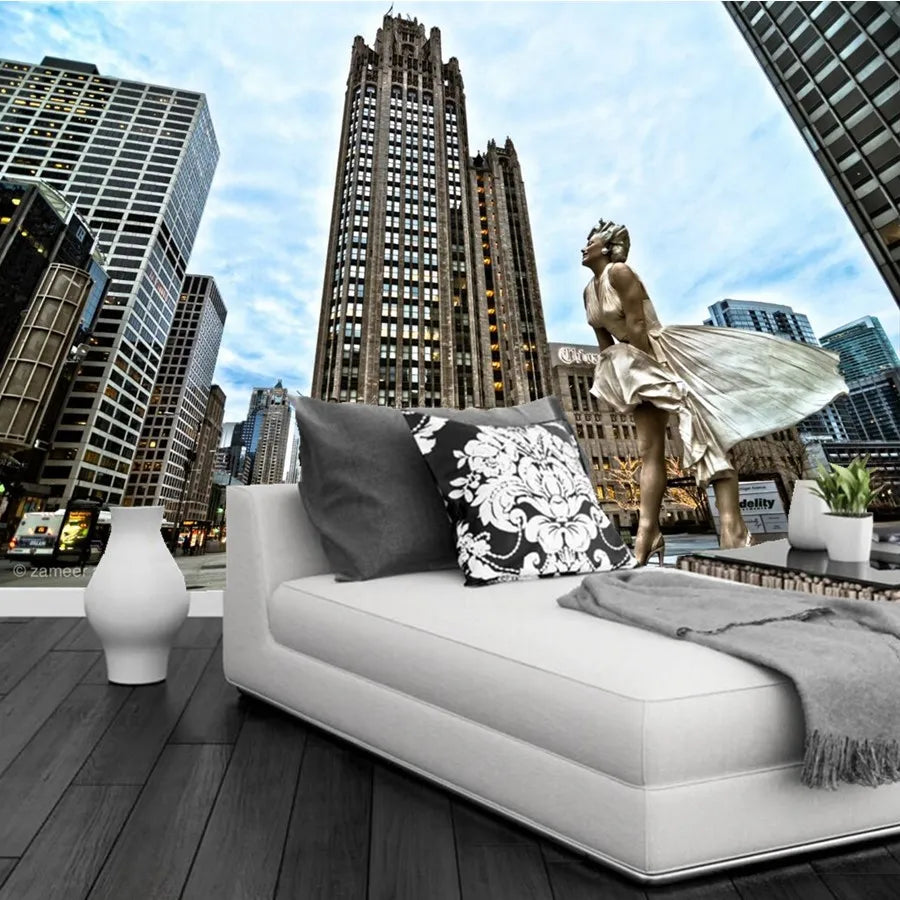How To Apply Wall Paper
How to Apply Wallpaper - Step-by-Step Guide
How to Apply Wallpaper: A Step-by-Step Guide
Choosing the Right Wallpaper
When it comes to applying wallpaper, the first step is to choose the right type that suits your style and needs. There are various options available in the market, such as self-adhesive wallpaper, pre-pasted wallpaper, and traditional wallpaper that requires adhesive. Consider the theme and color scheme of your room to select the perfect wallpaper.
Self-adhesive wallpapers are easy to install as they have a peel-and-stick backing. Pre-pasted wallpapers need to be activated with water before applying. Traditional wallpapers require adhesive applied to both the wallpaper and the wall. Take the time to research and select the best option for your project.
Preparing the Wall for Wallpaper
Before you begin applying wallpaper, it is crucial to prepare the wall properly. Start by cleaning the wall to remove any dust, dirt, or existing wallpaper. Fill any holes or cracks with spackle and sand down rough surfaces. Ensure that the wall is smooth and free from imperfections for the best results.
Next, apply a primer to create a smooth surface for the wallpaper adhesive. This step is particularly important if you are applying wallpaper to a previously painted wall. Allow the primer to dry completely before proceeding to the next step.
Lastly, measure and mark the wall to determine the starting point for your wallpaper. Use a level and a pencil to draw a straight vertical line where the first strip of wallpaper will be applied. This will ensure a straight installation.
Applying Wallpaper
Now that you have chosen the right wallpaper and prepared the wall, it's time to start applying the wallpaper.
Begin by cutting the wallpaper into strips, making sure to leave a few inches of excess at the top and bottom for trimming. Follow the manufacturer's instructions regarding the pattern direction if applicable.
Apply adhesive to the back of the wallpaper if you're using traditional wallpaper. If you're using pre-pasted wallpaper, follow the instructions to activate the adhesive. For self-adhesive wallpaper, simply remove the backing and stick it to the wall.
Troubleshooting and Tips
While applying wallpaper, it's essential to be aware of common issues and know how to troubleshoot them.
If you encounter air bubbles or wrinkles, gently smooth them out with a wallpaper smoothing tool or a clean, damp sponge. For stubborn bubbles, use a small pin to release the trapped air before smoothing.
Cutting and Trimming
When cutting and trimming wallpaper, use a sharp utility knife or scissors. Take care to make clean, straight cuts while following the pattern or design. Avoid excessive pressure to prevent tearing or damaging the wallpaper.
For precise trimming, use a straightedge or a wallpaper cutting guide. This will help you achieve professional-looking results.
Remember to remove any excess adhesive or paste from the wallpaper as you go along. This will prevent staining or damage to the surface.
Matching Patterns and Seam Placement
If your wallpaper has a pattern, ensure that the patterns match correctly at the seams for a seamless look. Take your time to align the patterns before pressing the wallpaper onto the wall.
When overlapping wallpaper strips, use a wallpaper smoother to create a smooth and even seam. Avoid overlapping the wallpaper too tightly, as this can cause the seams to lift or peel over time.
Be patient and work systematically to ensure a well-executed installation. Double-check your work after each strip to catch any mistakes early on.
Clean-up and Maintenance
Once you've finished applying the wallpaper, it's time to clean up and maintain your newly decorated wall.
Remove any excess adhesive or paste with a damp sponge or cloth. Wipe gently to avoid damaging the wallpaper. Allow the wallpaper to dry completely before moving any furniture back into place.
Maintenance and Removal
To keep your wallpaper looking its best, avoid excessive moisture or direct sunlight. Clean any stains or marks gently using a mild detergent and a soft cloth.
If you decide to remove the wallpaper in the future, follow the manufacturer's instructions for the specific type of wallpaper you have chosen. Some wallpapers can be easily peeled off, while others may require the use of a wallpaper steamer or adhesive remover.
Remember to take your time and be cautious while removing wallpaper to avoid damaging your walls.
Summary
Choosing and applying wallpaper can be a fun and rewarding DIY project. Remember to select the right type of wallpaper for your needs, prepare the wall properly, and follow the step-by-step instructions for a successful installation.
Take your time, pay attention to detail, and troubleshoot any issues that may arise. With patience and care, you can transform any room with beautiful wallpaper.







